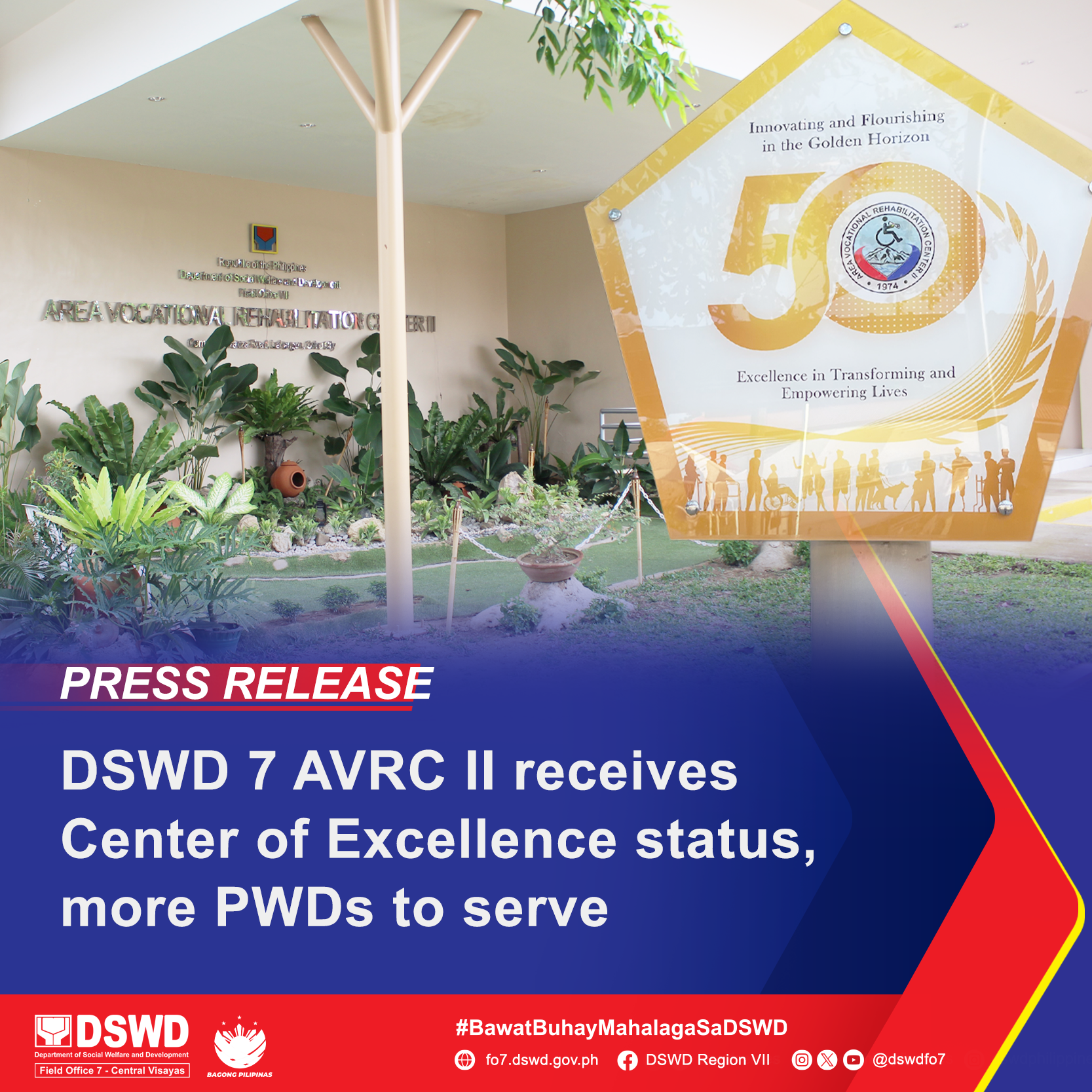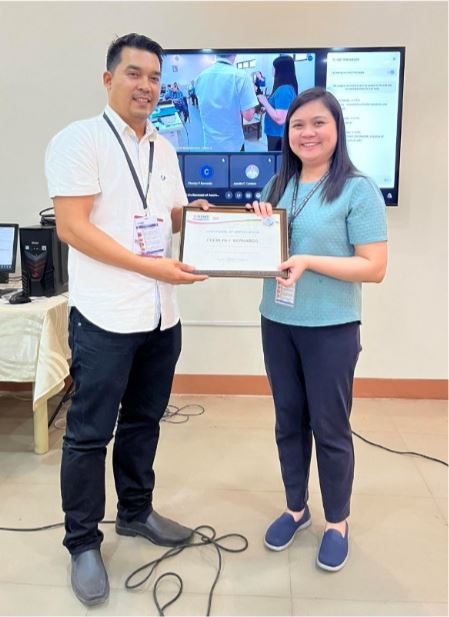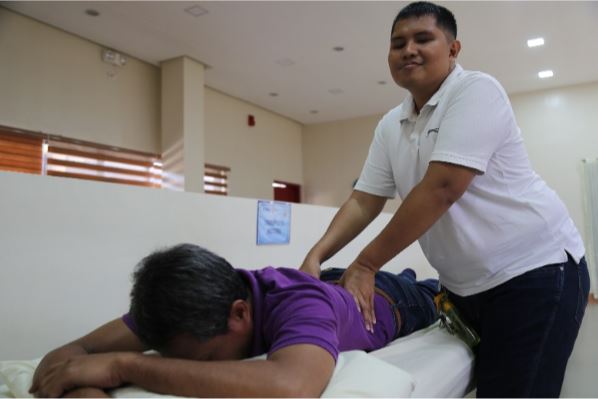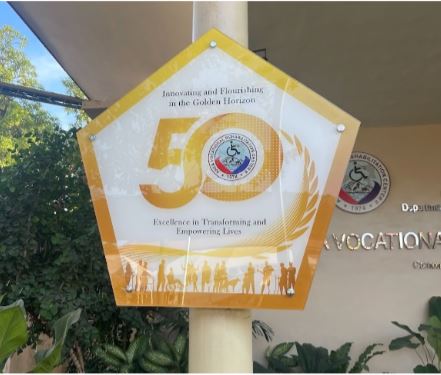 DSWD 7 AVRC II RECEIVES CENTER OF EXCELLENCE STATUS, MORE PWDs TO SERVE
DSWD 7 AVRC II RECEIVES CENTER OF EXCELLENCE STATUS, MORE PWDs TO SERVE
 DSWD 7 AVRC II RECEIVES CENTER OF EXCELLENCE STATUS, MORE PWDs TO SERVE
DSWD 7 AVRC II RECEIVES CENTER OF EXCELLENCE STATUS, MORE PWDs TO SERVE

The Area Vocational Rehabilitation Center
(AVRC) II, a non-residential facility for
persons with disabilities in DSWD Field
Office 7, was granted the status of ‘Center of
Excellence’ for meeting the highest
standards in service delivery.
The issuance of a 7-year Certificate of Level
III Accreditation was recommended by the
Standards Bureau of the DSWD Central
Office for the continuous improvement and
sustainability of processes and facilities that
are conducive to vocational rehabilitation.
Strategies were employed towards the
attainment of this vision. This includes
improving mechanisms for multidisciplinary
case management, building a network of
opportunities through partnerships, and
tapping more volunteers to augment service
delivery.

Regional Director Shalaine Marie S. Lucero commended the efforts of the center,
headed by its former Training Superintendent II Graeme Ferdinand D. Armecin, for
leading the way. “The credit goes to the entire workforce of the center for having the
dedication to keep the facility at par to the standards and true to its statement of
quality policy,” she said.
This recognition prompted the facility to continue serving more PWDs with the
highest standard of service.
224 clients served in 2023
The center caters to individuals with disabilities of vision, hearing, speech, mobility,
and those with other forms of physical, mental, and social impairment, as well as
those belonging to special groups willing to undergo vocational rehabilitation.
In 2023, the center reported a total of 224 clients served with various services such
as community-based skills training, job placement, rehabilitative service, technical
assistance, vocational training, and provision of prostheses.
Of the 224, 148 are male clients and 82 are females.
93 of them availed the vocational rehabilitation service. This allows a client to
acquire knowledge and skills on a specific vocational course for a duration of nine (9)
months and prepare them for possible employment.
To prepare them for eventual employment, 53 were endorsed to the different on-the-
job training in the fields of commercial cooking, computer systems servicing,
dressmaking, massage, electronics system servicing, and basic cosmetology. Some
42 of them graduated from their chosen training course.

However, the success indicator of
AVRC II lies in the number of
rehabilitated clients considered for
open employment and self-
employment. The center reported
22 rehabilitated individuals who
achieved rehabilitation goals and
maintained three (3) months of
employment after finishing their
OJT and graduating from the
program.
Open employment means one is
placed or employed in a competitive industry having the same level with normal
laborers. While self-employment allows graduates to produce income using their own
resources or utilizing financial or technical assistance from other entities.
OIC Center Head Florita Q. Dabon said that the center is leveraging partnerships
with the private and public sectors to offer opportunities to the graduates, especially
those rehabilitated.
“Our partners are instrumental in facilitating services and resources for our clients.
Their generosity allowed us to extend our services in terms of nutritional guidance,
provision of assistive devices, food augmentation while on training, and character
development initiatives, which are all crucial for economic independence.” she said.
Currently, the center engages with 35 partner individuals and institutions in various
service capacities and six (6) local government units to facilitate referrals, on-the-job
training, job placements, and starter kits to help clients in their entrepreneurial
ventures.
Gearing up for 50 years

Founded on November 24, 1974, AVRC II
celebrates 50 years of providing opportunities
for the sector through improved well-being and
sustained livelihood or employability towards
self-reliance.
The kick-off started last year with the unveiling
of the anniversary marker, which bears the
theme “Innovating and Flourishing in the
Golden Horizon, Excellence in Transforming
and Empowering Lives.”
Advocacy efforts will be embarked on to
reach more in the region and the rest of its
covered areas in both Western and Eastern Visayas regions. This includes
information dissemination, engagement with LGUs, and highlighting of successful
alumni over the years.










